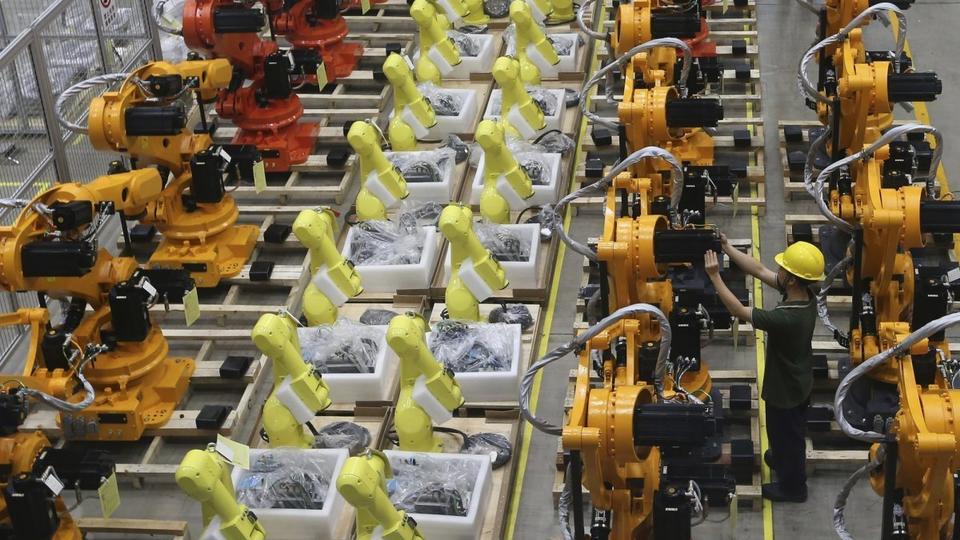Robots and the programming they rely on have certainly made huge leaps in recent years. But manufacturers have little use for jumping or cuddling machines. They need performers that can do specific production jobs. Do robots fit the bill? Will they replace all our manufacturing employees?
There’s one piece of the answer that is an emphatic “yes.” The fact is, humans have been displaced by robots in our manufacturing plants for many years now. The earliest industrial robots hit American automotive factories in the 1960s. They were very simple machines that did single repetitive pick-and-place tasks, handling hot and heavy die-cast parts, fore example. Late in that decade the same machines were adapted for spot-welding operations. However, robotic automation still had only a toehold in industry.
It was during the 1970s that things really began to take off. Car factories across the globe raced to catch up in robotic spot welding, and the same robots were adapted for painting applications. Many large companies began to develop their own industrial robots (and eventually a good number of these would become part of one of today’s robotics leaders, ABB.) Applications spread beyond the automotive world. Advances in computers and circuitry allowed for expanded tasks, such as material handling and arc welding.
Interestingly, one of the key drivers of accelerated adoption of industrial robots through the 1980s and beyond was worker safety. We hear much about job losses due to robots, but little about improvements in injury rates thanks to robotic handling. Strenuous and repetitive tasks such as palletizing, or hot and dangerous part handling in metal fabrication, were given over to robots.
Another area of automation that actually began in the 1950s, but only truly began to take off in the 1980s, is automated guided vehicles (AGVs). We hear so much about self-driving cars these days, but there’s little acknowledgement of the role the manufacturing world has had in laying the groundwork. AGVs began as “dumb” machines that followed a wire guideline installed in the factory floor. Thanks to huge advances in vision systems and sensors, today they’re truly autonomous vehicles that sense their surroundings and will shut themselves down to prevent damage to buildings and other equipment, or injuries to humans.
In the past couple decades, as our technology has advanced with lightning speed, so have industrial robots. Most notable is their return to their origins, pick-and-place applications – but with colossal leaps in speed and dexterity.
On the other side of the coin, pick-and-placed robots can now handle enormously heavy and unwieldy loads with extreme precision.
So yes, there are many manufacturing jobs that have been eliminated, and many more that will be eliminated, by our accelerating advances in robot technology.

